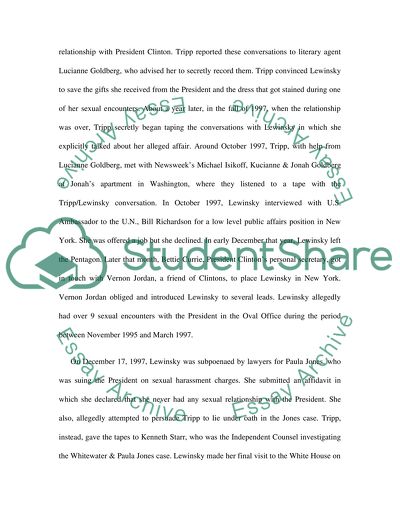Cite this document
(“Compare the scandal involving President Clinton with Nixon's Research Paper”, n.d.)
Retrieved from https://studentshare.org/english/1473692-compare-the-scandal-involving-president-clinton
Retrieved from https://studentshare.org/english/1473692-compare-the-scandal-involving-president-clinton
(Compare the Scandal Involving President Clinton With Nixon'S Research Paper)
https://studentshare.org/english/1473692-compare-the-scandal-involving-president-clinton.
https://studentshare.org/english/1473692-compare-the-scandal-involving-president-clinton.
“Compare the Scandal Involving President Clinton With Nixon'S Research Paper”, n.d. https://studentshare.org/english/1473692-compare-the-scandal-involving-president-clinton.


